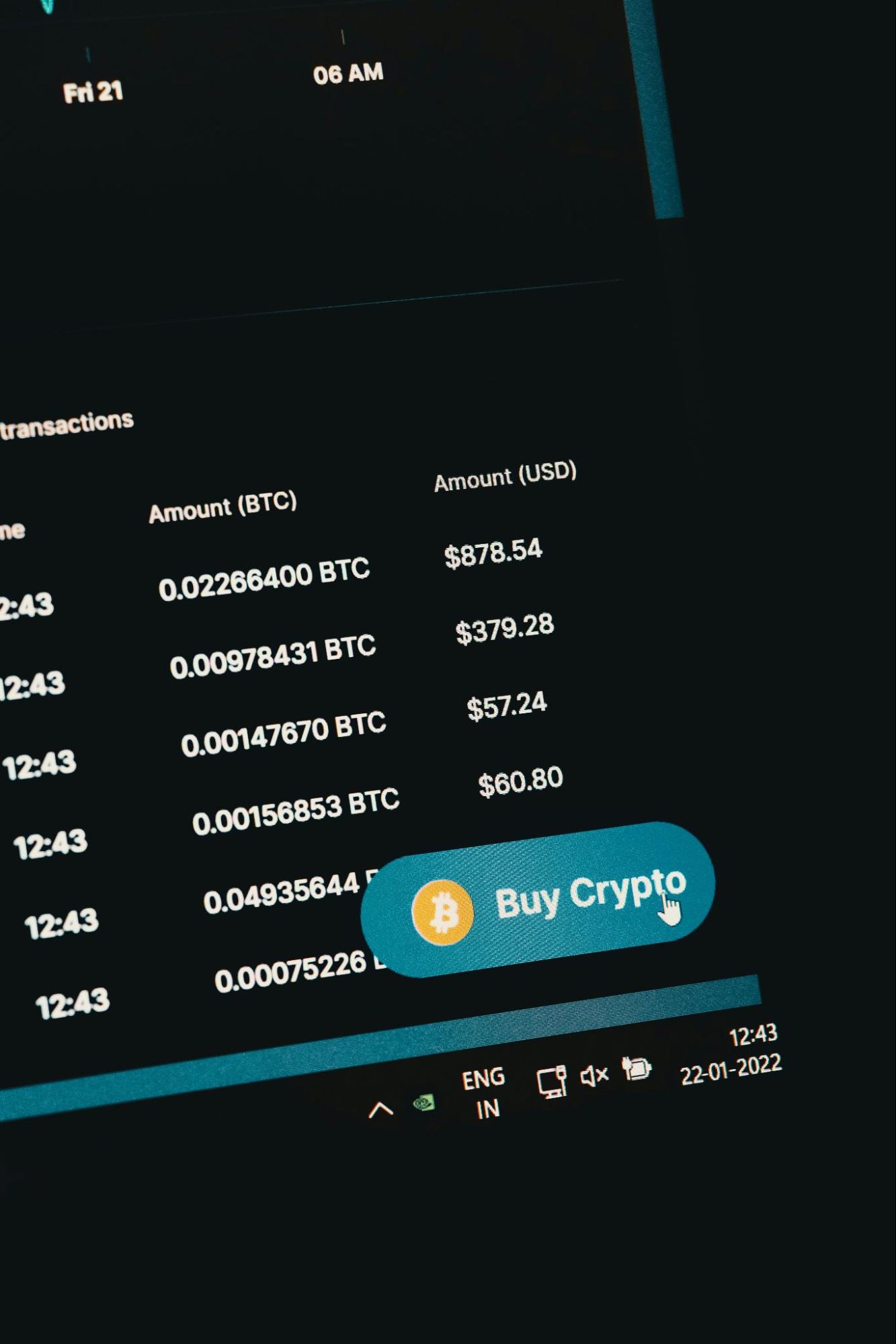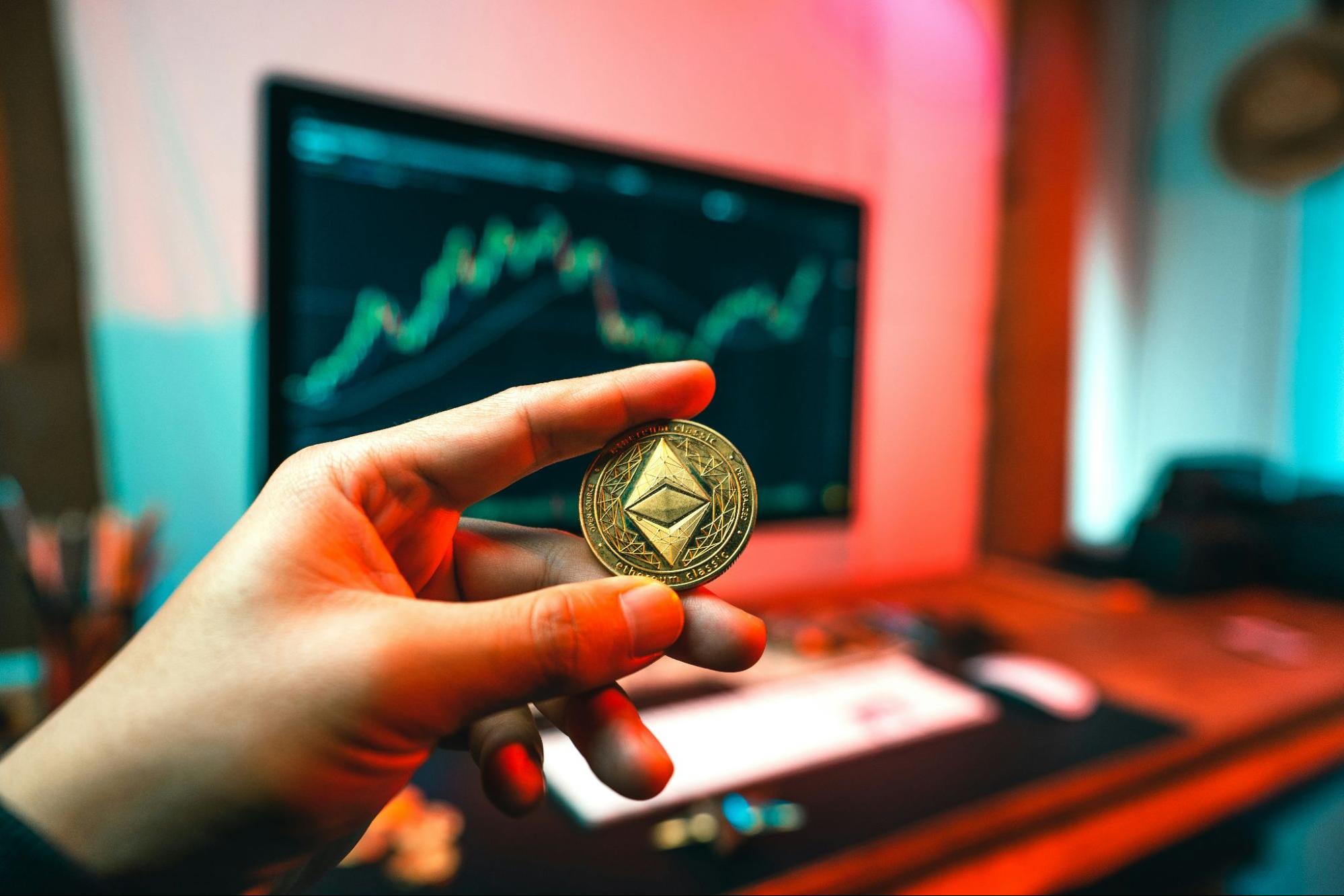How to Create Your Very Own Cryptocurrency
1. Welcome to the World of Cryptocurrencies
Have you ever considered making your own digital currency? It might sound like something only tech wizards can pull off, but in reality, it’s more accessible than ever. Crypto’s sweeping the globe, and launching your own coin or token is a killer way to breathe life into an idea, finance a project, or unite a community. If you’re thinking about launching a digital asset to shake up an industry, developing a fresh decentralized app, or just diving into some experimentation, crafting your own cryptocurrency is an epic adventure. Let’s dive in and make it happen!

2. Crypto Demystified: Getting Down to the Basics
Before getting hands-on with the creation process, it’s crucial to nail down some crypto essentials. Let’s cover the basics, so you’re set up with a solid foundation.
What Exactly is a Cryptocurrency?
Digital assets known as cryptocurrencies use cryptography to control the generation of new coins and protect transactions. Cryptocurrency operates on decentralized networks, which means there is no central authority in charge, unlike conventional government-issued money. Bitcoin was the pathfinder, but today there are hundreds of others, each with its own particular aims and characteristics.
Blockchain Basics
At the core of every crypto is a blockchain, a digital record that keeps tabs on every single transaction like a champ. Imagine a blockchain as a lineup of blocks linked by an unbreakable chain, each one packed with transaction details. Or think of it like a chain of digital “containers,” each loaded with transaction records, all bound together in a way that can’t be undone. Blockchains are super secure and dependable since altering a block once it’s on the chain is almost impossible. People often call blockchains ‘unbreakable’ because of their distributed, decentralized setup. But this also means that the safety of your crypto hinges on the specific blockchain you pick or build from the ground up.
Coins vs. Tokens: Know the Difference
Coins—think Bitcoin or Litecoin—run on their own blockchains, so they’re like solo acts. On the other hand, tokens are more akin to add-ons because they are built on top of well-known blockchains like Ethereum or Binance Smart Chain. Coins are mainly about moving value around, whereas tokens often have other cool uses, like unlocking platform services.

3. Setting the Foundation for Your Cryptocurrency
So, how do you get started? Before coding or designing, you need a game plan. Here are some things to consider:
Why Are You Making This Cryptocurrency?
Every successful cryptocurrency solves a problem or addresses a specific need. Are you trying to make payments easier, revolutionize a niche industry, or perhaps empower a particular community? Defining your purpose will guide every decision from here on. This is your moment to carve out your brand identity—because a killer name and a logo that pops can totally set you apart in a sea of competitors.
Mind the Legal Stuff
Crypto’s wild west days are history—regulations are getting stricter, and they vary from one place to another. Some countries outright ban cryptocurrencies, while others treat them like securities. It’s crucial to stay informed about your local laws, and you might want to bring in a legal expert. Take launching a token, for example—if it’s classified as a security, you could be looking at massive fines or even jail time for not following rules like those from the U.S. SEC.
Pick Your Consensus Mechanism
To keep all nodes aligned on which transactions are legit and what the blockchain’s current state is, blockchain networks rely on a consensus mechanism. This process builds trust and security across the decentralized system, eliminating the need for a single, central authority to call the shots.
Two most popular consensus methods:
In the Bitcoin world, Proof of Work (PoW) challenges miners to crack complex math
puzzles to confirm transactions. This system is super secure, but since it demands
significant computing power, it’s energy-hungry and can sometimes be a bit
sluggish.
Validators safeguard the network using Proof of Stake (PoS), wherein they pledge
their bitcoin as collateral. Their chances of being chosen to verify transactions
increase with the amount they “stake,” or lock up. PoS is a faster and
more environmentally friendly option to PoW, but it has the drawback of perhaps
leading to a more centralized system because the holders of more tokens often have
more influence over the system.
Other Mechanisms: DPoS and PoA
There are several consensus techniques available, all of which strive to improve on
certain aspects such as speed and efficiency of systems.
In a Delegated Proof of Stake (DPoS) system, token holders can cast votes to select
delegates who will handle transaction validation on their behalf. This setup keeps
things decentralized while adding a democratic twist to the process.
Transactions in a Proof of Authority (PoA) system are believed to be handled by a
few reliable validators. Transaction processing is accelerated by this, but it also
tends toward more centralized monitoring.
Picking the right consensus mechanism can make or break your blockchain’s speed, scalability, and eco-friendliness. Grasping these distinctions lets you sync up your choice with the unique goals and values driving your project.

4. Designing Your Cryptocurrency
Creating a cryptocurrency isn’t just about how it looks. You’ve got to make key choices about your tech setup, the economic model, and the overall user experience to make it all work.
Pick a Blockchain Platform
Are you considering starting from scratch or expanding upon an already-existing blockchain? There are several choices to think about, including Polkadot, Ethereum, and Binance Smart Chain. For example, Ethereum is a reliable, flexible option with a sizable community and lots of development support. Conversely, Binance Smart Chain offers reduced rates and faster transactions. Polkadot may be your best option if interoperability is your main concern because it allows different blockchains to exchange features and data.
Tokenomics and Supply Management
Tokenomics is all about your token’s economics—essentially, how it’s brought into existence, spread around, and utilized. Start by figuring out your total supply. Are you going for a rare, high-worth coin like Bitcoin, or something more open and limitless like Dogecoin? Next, consider how you’ll distribute it. Are you leaning toward an Initial Coin Offering (ICO), an Initial Exchange Offering (IEO), or perhaps a fair launch where everyone kicks off on the same footing? Finally, consider mechanisms like token burning to control supply and increase scarcity over time.
Security Matters
Security can make or break your project. Without proper security measures, your cryptocurrency could be vulnerable to hacks, fraud, or even collapse. Kick off with robust cryptographic methods to lock down transactions. Consider employing multi-signature wallets for those high-value transactions and bring in outside specialists to audit your smart contracts. The more security layers you provide, the better; this will protect the reputation of your project and increase user confidence.

5. Development Time!
Let’s get technical! Here’s where you bring your cryptocurrency to life with coding and development.
Setting Up Your Development Environment
First, prepare a workstation and gather all required equipment. You will be utilizing Solidity for writing, Remix as your preferred IDE, and MetaMask for managing test transactions in order to interact with Ethereum coins. If you’re building on a custom blockchain, you might need specific tools for node creation and management, or you can tap into existing blockchain frameworks like Cosmos SDK or Polkadot’s Substrate to make development easier.
Let’s Code!
It’s time to create your blockchain or develop your smart contracts now. When introducing a token on Ethereum, you have to create a smart contract that describes the token’s functionality, including supply and transfer mechanisms. However, if you’re developing a blockchain from scratch, you’ll have to write the code for all the crucial components that handle consensus procedures, block generation, and transactions. Because this is a very complex procedure, you may wish to hire experts or use open-source projects to get started if you’re not an expert in blockchain development.
Launch a Testnet First
You can try out your cryptocurrency on a testnet, letting you explore and experiment in a risk-free setting. You can test how it handles transactions, how secure it is, and how users interact with it. Encourage beta testers to use it and provide feedback. Now’s the perfect chance to test how scalable your network really is—can it process thousands of transactions smoothly, without hitting any lag?
Mainnet Deployment: It’s Showtime!
After thorough testing, you’re ready for the mainnet. Double down on every detail because once you go live, there’s no hitting rewind. If you’ve built up a community, make some noise about the mainnet launch to build up the hype. Just remember, the real grind starts once it’s up and running.

6. Post-Launch: Building a Community and Maintaining Momentum
Your cryptocurrency is live, but it’s only as good as its community. Now, it’s time to foster growth and keep your users engaged.
Market Like a Pro
In the crypto space, it’s all about generating hype. Social media is key—think Twitter, Reddit, and Telegram, which are especially popular among crypto enthusiasts. Collaborate with influencers, host airdrops, and pump out content that informs folks about your project. Building an active community on Discord or Telegram can give your credibility a major lift and inspire loyalty.
Getting Listed on Exchanges
Your currency gets more accessible the more exchanges list it. Work your way up to major exchanges like Binance and Coinbase by starting with smaller ones. Every exchange has a listing procedure that entails a cost and typically involves project verification. Having your coin listed on reliable exchanges might help it get more recognition and draw in more investors.
Keep Improving
Launching is just the beginning. To stay in the game, you’ve got to keep things fresh with updates, add cool new features, and really tune in to what your community has to say. Plan out a roadmap with big milestones and keep your followers in the loop. Nail those promises, and you’ll build a loyal crew that’s got your back for the long haul.
7. Navigating the Legal and Ethical Waters
As crypto expands at lightning speed, the rules are getting trickier. Here’s how to ensure your project stays on the right side of the law and keeps things ethical.
Stay Compliant
Navigating cryptocurrency regulations can be a real balancing act. While some countries are all in, others enforce tight restrictions. To get on top exchanges, you’ll need to meet AML and KYC standards, no question about it. It’s a smart move to get advice from a legal pro to steer through the regulatory maze, and keep an eye out for any shifts that could impact your project.
Be Transparent and Ethical
Building trust starts with being open—share the scoop on your team, keep your project goals straightforward, and skip the hype around your crypto. With so many scams out there, being real and honest is what sets you apart. Investors respect transparency, and sticking to ethical practices can pave the way for lasting success.

8. Lessons from the Real World
Checking out how others have nailed it—or slipped up—can steer you clear of making the same blunders. Here are a few golden nuggets to keep in mind.
Learn from Successes and Failures
Bitcoin and Ethereum made a splash by tackling genuine issues with practical answers, while scams like BitConnect and OneCoin tanked because of shady practices and a lack of honesty. Sure, studying what made successful projects thrive is key, but let’s not gloss over the missteps. Failed ventures and scams have shown the crypto world some hard truths about trust, being upfront, and the need to back up big claims.
9. Wrapping it Up
Launching your own cryptocurrency isn’t a walk in the park. There’s a lot to juggle, from sketching out a game plan and writing code to handling marketing and keeping up with legal requirements. However, if you have a well-defined plan, technological expertise, and a commitment to transparency, you may actually provide something novel. Perhaps you’re creating a new payment method, creating a token for a particular group of people, or just exploring the potential of cryptocurrencies. In any case, what you’ve created can have a lasting impact. So why not just get right in and get to work? It’s possible that your idea may become the next great thing in the cryptocurrency world.
With careful planning, a clear vision, and a commitment to transparency, creating a cryptocurrency can be incredibly rewarding. Good luck, and may your blockchain journey be prosperous!








